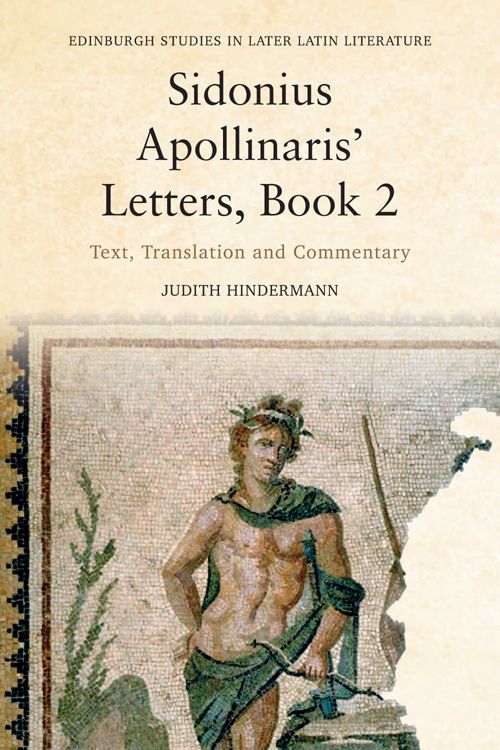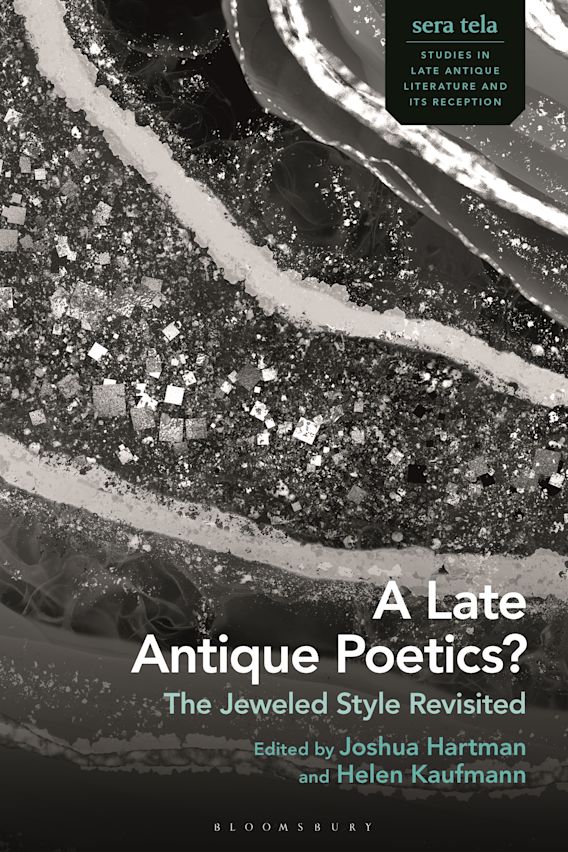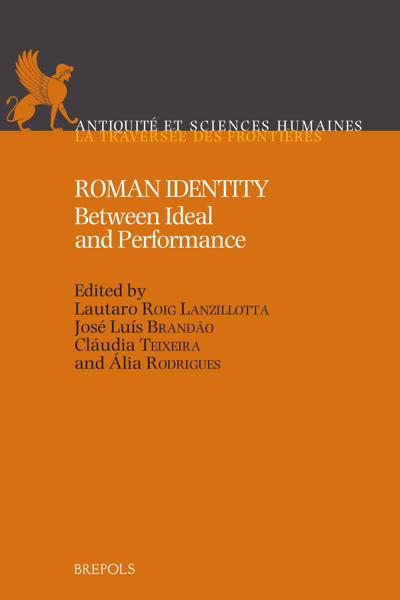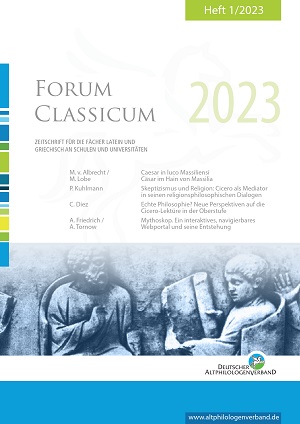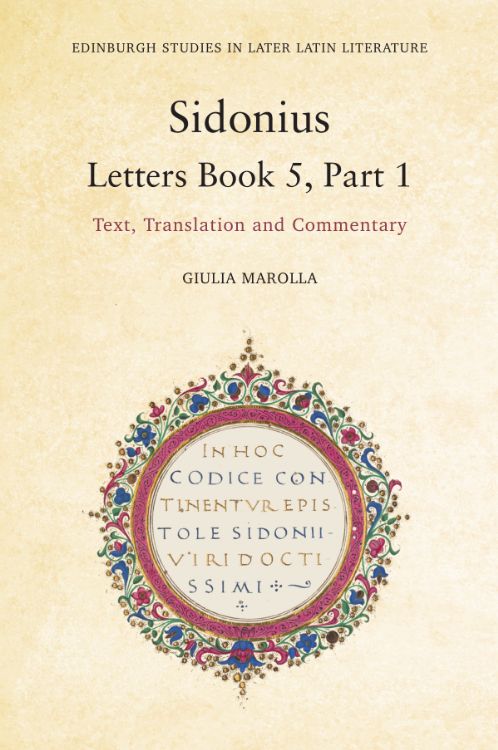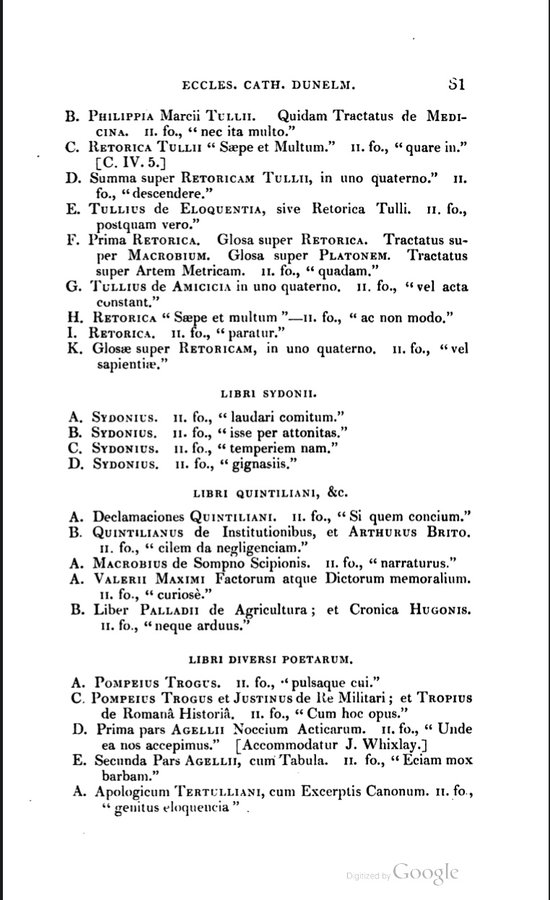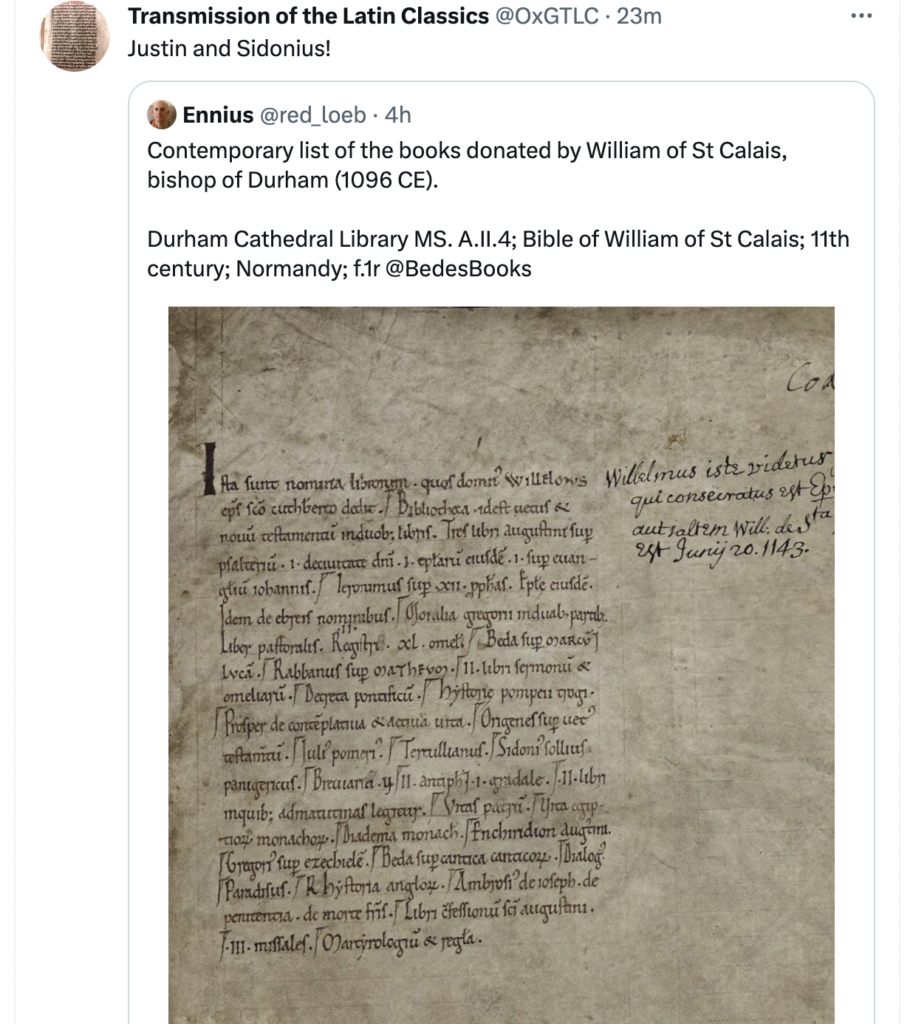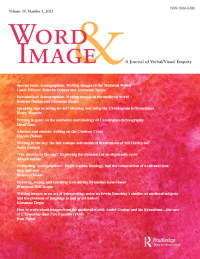Antonio Romano has come up with ‘A proposito della Iuventii Martialis historia’, Graeco-Latina Brunensia 28 (2023) 129-40.
Download here
Abstract: In a letter to his friend Burgundio (Sidon. epist. 9.14), who was about to write a laus Caesaris, Sidonius Apollinaris drew up a short list of the works written on Caesar that Burgundio had to face: scripta Patavinis … voluminibus, opera Suetonii, ephemeris Balbi, and finally a Iuventii Martialis historia. If the mention of Livy, Suetonius, and Balbus is not surprising, the name Iuventius Martialis (or Vivencius in the Parisinus Latinus 9551) raises some problems: first the identification and, subsequently, the nature of his work on Caesar. Following an ancient hypothesis of identification as Quintus Gargilius Martialis, this paper aims to discuss this suggestion by placing it in the political and cultural context of the end of the Severan age, during the reign of Severus Alexander.
N.B. See also J.S. Reid, ‘Note on the Introductory Epistle to the Eighth Book of Caesar’s Gallic War’, CP 3 (1908) 441-5 on pp. 443-5, which Romano does not mention (JvW).


